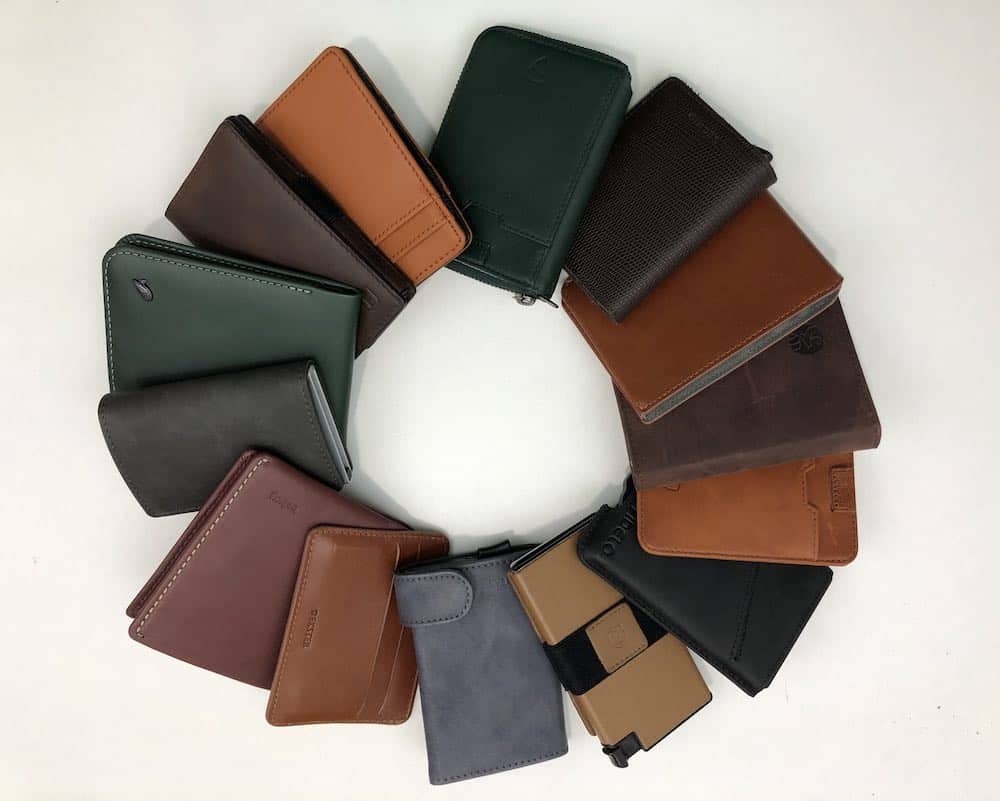There are few materials out there that feel sexier or look more luxurious than a good leather. Good leathers don’t just create themselves, though. It’s all in the quality of the hide and the way that a tannery tans the hide.
Not to be confused with the rawhide bones for your dog or the drum heads on your bongos, tanning is the process used to convert raw animal skin into leather.
There are two primary methods to go about this: chrome tanning and vegetable tanning. Each comes with its good bits and its downsides. Wondering which makes for the better wallet? Stick with me through this post, and we’ll figure that out.
The Tanning Process
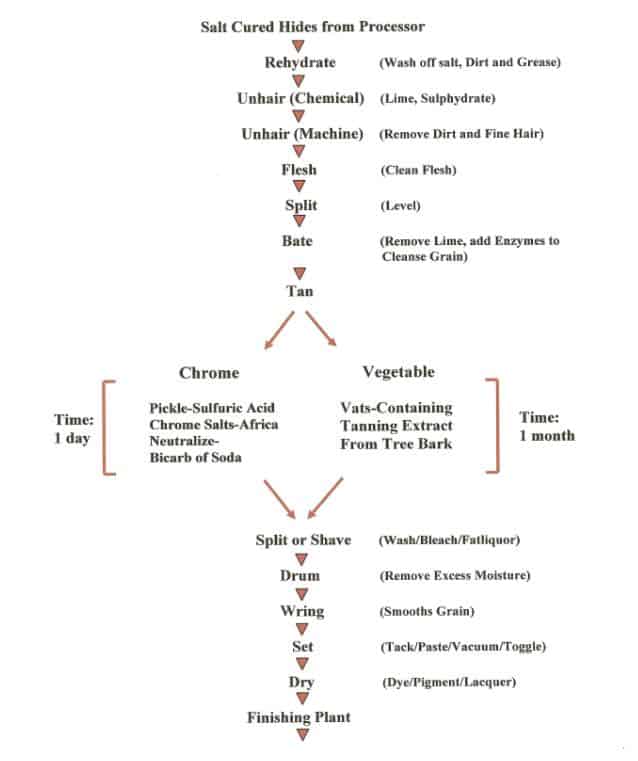
Vegetable Tanning
Used for thousands of years, vegetable tanning–often called veg tan–is the quintessential leather creation process. It is achieved by treating the leather with vegetable-derived tannins, mainly from the bark of trees. Oak, spruce, chestnut, and willow bark all have relatively high amounts of tannins.
The hide’s structure is changed to produce leather that looks natural. It improves as time passes while staying strong and durable. In the wise words of our Netflix lord and savior JVN, we love that for us!
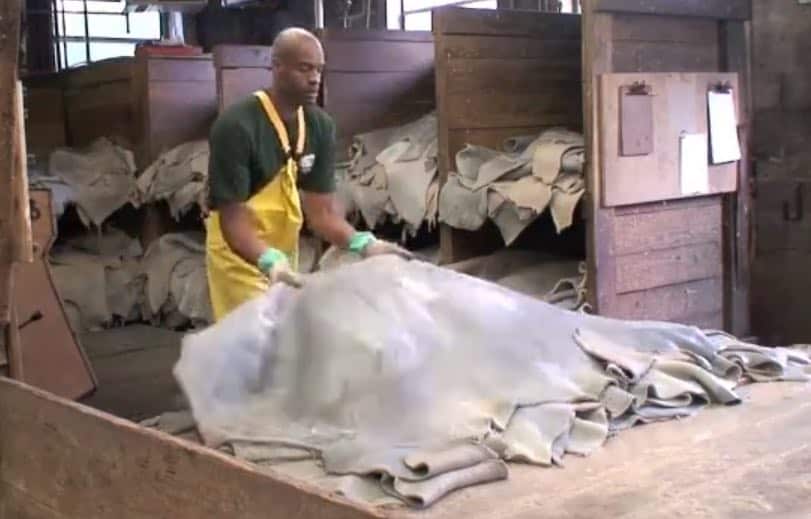
As explained by the good folks at leather-dictionary.com, the vegetable tanning process involves placing animal hides and natural tanning agents into huge, water-filled pits. As it develops, the tannery exposes it to increasing amounts of higher tannin concentrations.
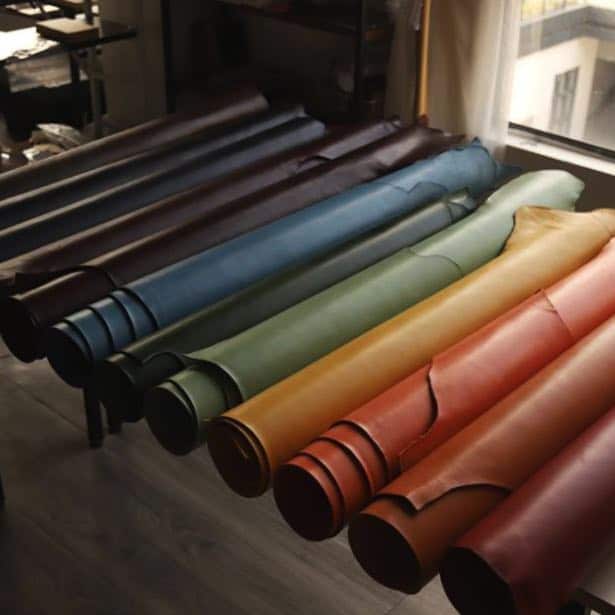
These tannins eventually draw out the water molecules and bind with collagen to create a dry yet still workable leather. This can take several months to finish the job, not to mention considerable amounts of water and electricity.
In 2009, the world demand for vegetable tannin material was 130,000 tons. That’s a lot of tree bark needed for that much raw material.
Advantages
- uses natural tannin materials
- long-lasting
- leather is more recyclable
- wonderful leather smell
Disadvantages
- requires large amounts of bark and other plant-based tannins
- slow, takes 1 – 3 months to complete
- expensive
- leather can be stiff until broken in
[wptb id=7041]
[wptb id=7042]
Chrome Tanning
Meanwhile, chrome tanning is the most common (and most publicly maligned) method used in traditional, large-scale brands. 80 – 90% of all leather is tanned with this method. The basics are largely the same as with vegetable tanning, except a mix of chromium salts (usually Chromium lll) is used in the place of the vegetable tannins.
Since the former’s molecules are smaller than that of the latter, chrome-tanned leather actually tends to be softer than its vegetable-tanned alternatives. It’s also much quicker, achievable in only a day or so, and looks newer for longer.
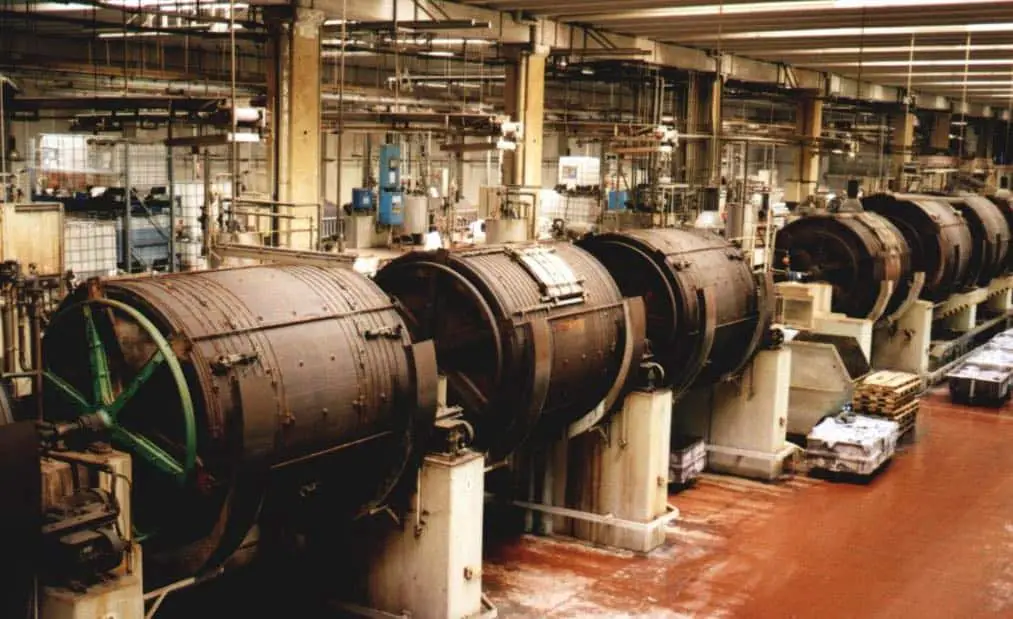
All of that’s good. So, why is it viewed so negatively? Well, aside from the fact people also love finding something to be salty about, it definitely has its negatives. According to Bellroy, “The downside is that tanning this way under the wrong conditions can generate the very toxic Chrome VI, which is harmful to tanners and can also poison wastewater generated in the tanning process.”
Advantages
- fast process, often one day
- leather is soft and supple
- less expensive than vegetable tanning
- uses modern techniques to reduce environmental impact
Disadvantages
- uses chromium which can be toxic
- leather sometimes has a chemical smell
- does not decompose readily
- not as long-lasting as vegetable-tanning
Which tanning method is better for wallets
Let’s get this out of the way right now: There is no perfect leather-making process. In other words, it’s a toss-up. But here is a key takeaway:
Whether you decide to buy a wallet made from chrome or vegetable tanned leather, it’s definitely better to choose a wallet manufacturer that sources its leather from tanneries that abide by Leather Working Group (LWG) protocols. (Read more about this in the next section.)
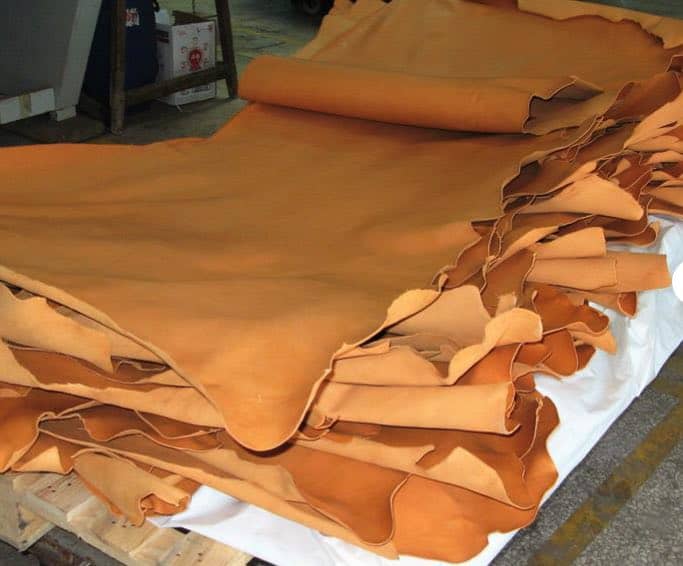
Both chromium and vegetable tanning processes can mess up our planet in their own ways, (which, as we all know, is already screwed up enough), and they both create leathers that come with compromises. For example, chrome-tanned leather is less expensive to produce and more supple, but less durable and tends to carry a distinctive chemical smell.
Meanwhile, vegetable-tanned leather is longer lasting and has less inherent environmental impact. But it’s also stiffer and higher in cost because it takes months to produce. However, it ages beautifully over time, developing a more lived-in look as your sweat, heat, oils, and other peculiarities of your personality and the environment interact with it.
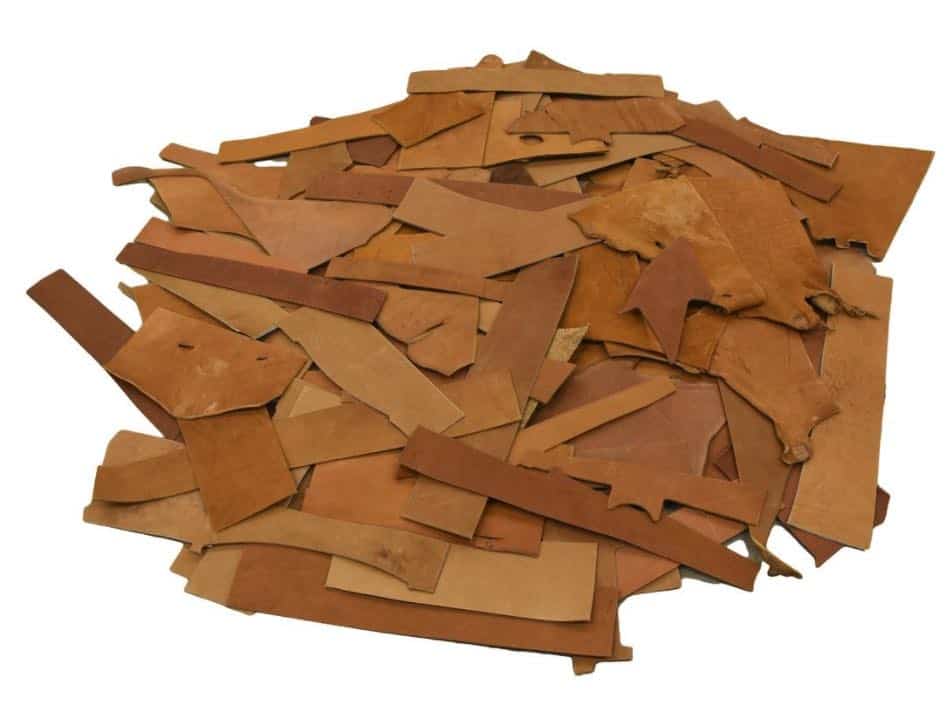
Unfortunately, most large wallet manufacturers don’t specify whether their leather is chrome or vegetable tanned. Custom wallet makers will often tell you exactly where they sourced their leather, the leather’s particular finish, and how it is tanned in granular detail. The big guys? Not so much.
The high-end wallet company Bellroy uses both vegetable and chrome tanned leather, but sticks with “environmentally-certified” tanneries (see below). Generally, if a wallet maker uses vegetable tanning instead of chrome, they will tell you because it’s a strong selling point.
And if they say nothing? You can bet your bottom dollar that it’s chrome-tanned leather.
Leather Working Group (LWG) tanneries
What is the Leather Working Group?
The Leather Working Group (LWG) is an international organization that develops protocols which assess the environmental performance of leather tanneries. This creates standards for environmental priorities and best practices for tanneries to follow, such as reducing water, energy, and chemical use. The LWF audits each participating tannery and awards them with a gold, silver, or bronze rating.
Many tanneries, both vegetable and chrome, manufacture their leather under the auspices of the international Leather Working Group (LWG). Some wallet makers, such as Ekster and Bellroy, purchase their leather from these environmentally friendly tanneries.
Often, this type of leather is referred to as “sustainable” or “ethical.” This only applies to how the leather is produced, not how the host cow was raised.
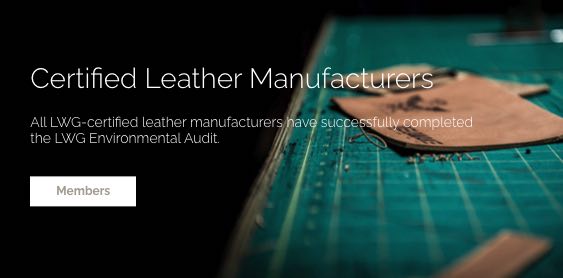
All wallet makers will tell you if their leather comes from highly-rated LWG tanneries because it makes good environmental and good marketing sense. They know that most people want to do the right thing when considering the perfect wallet. It’s a sure bet that if they don’t tell you, the leather isn’t LWG rated.
Here are several wallets I personally own and recommend that come from companies that source their leather from Gold-rated or Silver-rated LWG tanneries. Whenever possible, I try to stick with LWG certified leather.
[wptb id=6918]
[wptb id=6674]

